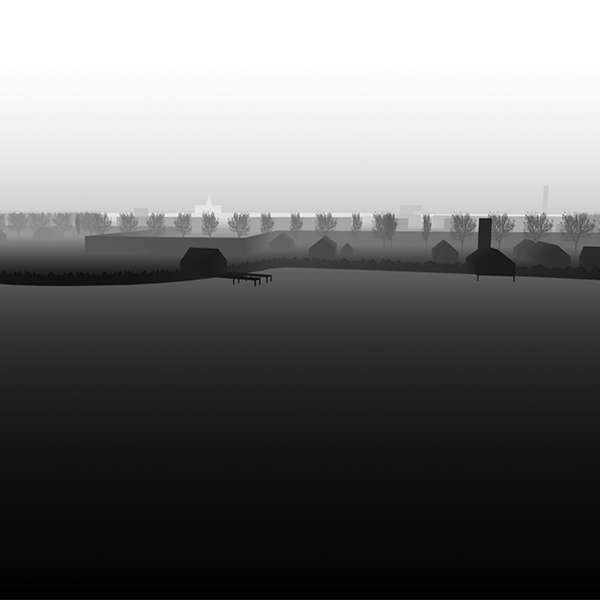Downloads
DOI:
https://doi.org/10.7480/overholland.2013.12/13.1698Abstract
The economic crisis and changing conditions in the Netherlands have rapidly put an end to large-scale district development. Now that urban renewal – long an excuse for radical intervention in deprived nineteenth- and twentieth-century city districts – no longer seems feasible, we face the question of where to go from here. For lack of investment capacity, housing corporations, private investors and local authorities will have to convert their ‘building development’ strategies into ‘devel-oping management’. They must now involve local parties and private initiative in a new task: the intelligent programming (or reprogramming) and management of the public realm and district facilities. The physical and social logic of the existing city is inevitably the underlying structuring geometry for these more modest forms of district development. This article will explore a specific reading of the city district that offers new opportunities for alternative programming and management of public space.
Since 2007 we have worked for various clients on strategies for city districts, and in each case we have looked at the potential of what is already there.1 The resulting method assesses public structures not only in formal terms but also in terms of their use, and translates the results into design interventions in public space. In 2011 we put these insights into practice in Zomerzone (‘Zomer Zone’), a district in the eastern part of the Dutch city of Haarlem – one of the problem districts dubbed krachtwijken (‘power districts’) by former housing minister Ella Vogelaar. Typical features are its isolated location and its fragmented structure.
After explaining the method, which includes both analysis and design, we will describe Zomerzone in the light of it. How are public-space struc-tures organised here, and how are they related to use? What are the opportunities for public inter-vention in such districts? And how can existing features be expanded into interventions that enhance identity?
How to Cite
Published
Issue
Section
License
Copyright (c) 2013 OverHolland

This work is licensed under a Creative Commons Attribution 4.0 International License.




